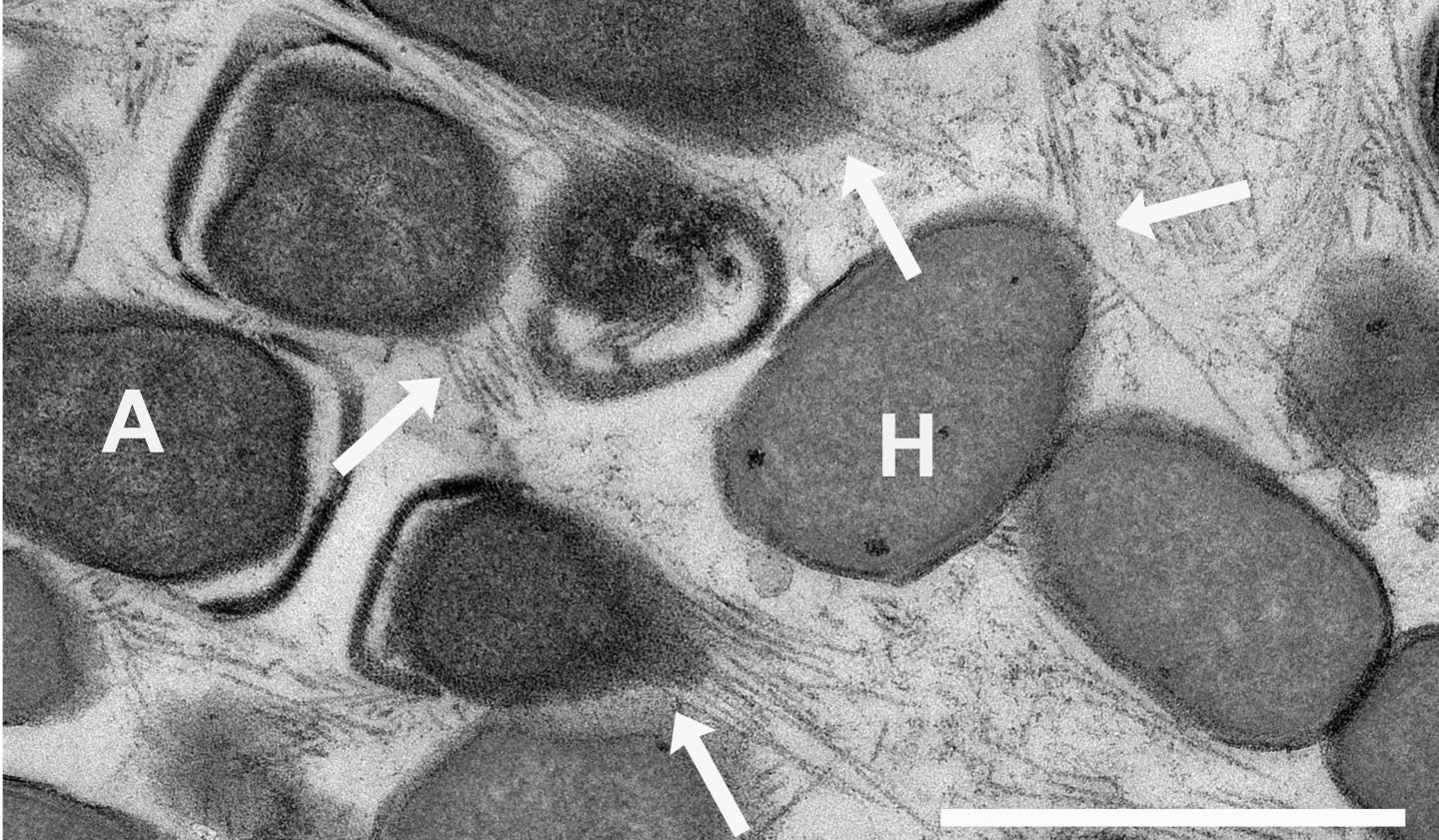It’s been a while since I last (in a March 17, 2015 post) featured PoetryFilm. Here’s the latest from the organization’s Oct. 2015 newsletter,
Forthcoming
- I have been invited to join the International Jury for the CYCLOP International Videopoetry Festival, 20-22 November 2015 (Kiev, Ukraine)
- PoetryFilm Paradox events, featuring poetry films about love, as part of the BFI LOVE season, 6 and 22 December 2015 (London, UK)
- PoetryFilm screening + Zata Banks in conversation with filmmaker Roxana Vilk at The Scottish Poetry Library, 3 December 2015 (Scotland, UK)
- I have been invited to judge the Carbon Culture Review poetry film competition (USA)
- poetryfilmkanal in Germany recently invited me to write an article about the poetry film artform – it can be read here
FYI, the “I” in the announcement’s text is for Zata Banks, the founder and director of PoetryFilm since 2002.
There’s more about the CYCLOP International Videopoetry Festival in a Sept. 13, 2015 posting on the PoetryFilm website,
*The 5th CYCLOP International Videopoetry Festival will take place on 20 – 22 November 2015 in Ukraine (Kyiv). The festival programme features video poetry-related lectures, workshops, round tables, discussions, presentations of international contests and festivals, as well as a demonstration of the best examples of Ukrainian and world videopoetry, a competitive programme, an awards ceremony and other related projects.
One of the projects is a new Contest for International poetry films within the framework of the CYCLOP festival. The International Jury: Alastair Cook (Filmpoem Festival, Edinburgh, Scotland), Zata Banks (PoetryFilm, London, United Kingdom), Javier Robledo (VideoBardo, Buenos Aires, Argentina), John Bennet (videopoet, USA), Alice Lyons (Videopoet, Sligo, Ireland), Sigrun Hoellrigl (Art Visuals & Poetry, Vienna, Austria), Lucy English (Liberated Words, Bristol, United Kingdom), Tom Konyves (poet, video producer, educator and a pioneer in the field of videopoetry, British Columbia, Canada), Polina Horodyska (CYCLOP Videopoetry Festival, Kyiv, Ukraine) and Thomas Zandegiacomo (ZEBRA Poetry Film Festival, Berlin, Germany).
*Copy taken from the CYCLOP website
You can find the CYCLOP website here but you will need Ukrainian language reading skills.
I can’t find a website for the Carbon Culture Review poetry film competition or a webpage for it on the Carbon Culture Review website but here’s what they have to say about themselves on the journal’s About page,
Carbon Culture Review is a journal at the intersection of new literature, art, technology and contemporary culture. We define culture broadly as the values, attitudes, actions and inventions of our global society and its subcultures in our modern age. Carbon Culture Review is distributed in the United States and countries throughout the world by Publisher’s Distribution Group, Inc. and Annas International as well as digitally through 0s&1s, Magzter and Amazon. CCR is a member of Councils of Literary Magazines and Presses and also publishes monthly online issues.
The last item from the announcement that I’m highlighting is Zata’s essay for poetryfilmkanal ,
Poetry films offer creative opportunities for exploring new semiotic modes and for communicating messages and meanings in innovative ways. Poetry films open up new methods of engagement, new audiences, and new means of self-expression, and also provide rich potential for the creation, perception and experience of emotion and meaning.
…
We are surrounded by communicative signs in literature, art, culture and in the world at large. Whilst words represent one system of communicating, there are many other ways of making meanings, for instance, colour semiotics, typographic design, and haptic, olfactive, gustatory and durational experiences – indeed, a comprehensive list could be infinite. The uses of spoken and written words to communicate represent just two approaches among many. Through using meaning-making systems other than words, by communicating without words, or by not using words alone, we can bypass these direct signifiers and tap directly into pools of meaning, or the signifieds, associated with those words. Different combinations of systems, or modes, can reinforce each other, render meanings more complex and subtle, or contrast with each other to illuminate different perspectives. Powerful juxtapositions, associations and new meanings can therefore emerge.
The essay is a good introduction for beginners and a good refresher for those in need. Btw, I understand Zata got married in March 2015. Congratulations to Zata and Joe!





